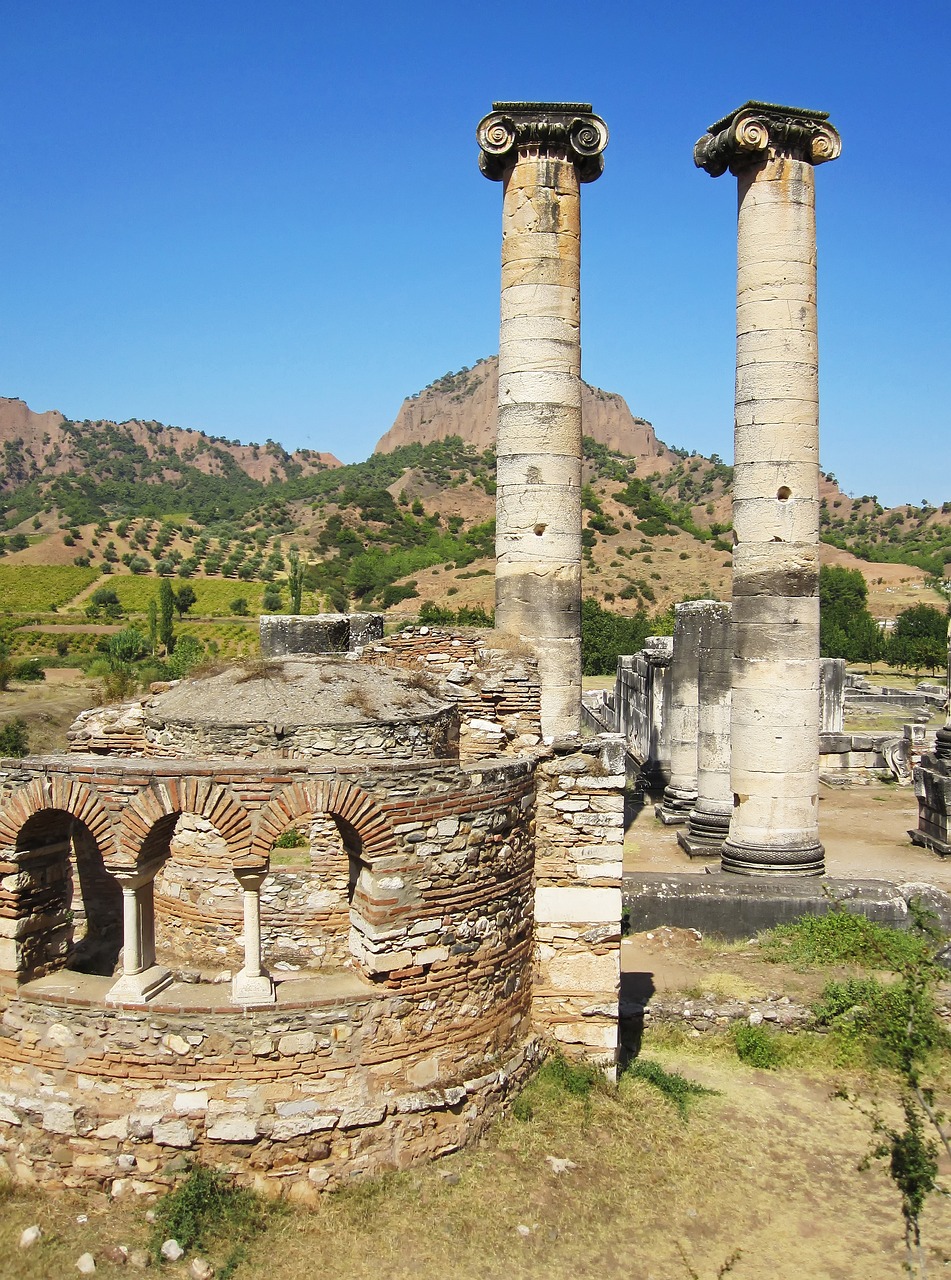Artemis: The Goddess of Hunting and Childbirth
Artemis, revered as the Olympian goddess of the hunt, wilderness, and wild creatures, also held the significant roles of goddess of childbirth and protector of young girls until marriage. Her twin brother, Apollo, mirrored this protective aspect for boys, showcasing a duality in their divine nature. Both deities were feared as sudden bringers of death and disease; Artemis primarily afflicted women and girls, while Apollo’s influence extended to men and boys.
In ancient artworks, Artemis is commonly portrayed as a youthful maiden, often seen holding a hunting bow and carrying a quiver filled with arrows.
Myths Surrounding Artemis
Artemis’ tale begins even before her birth, as her mother, Leto, faced relentless persecution from the vengeful goddess Hera during pregnancy. Ultimately, Leto found sanctuary on the island of Delos, where Artemis was born and later helped her mother in delivering Apollo.
One notable myth involves Kallisto, a handmaiden of Artemis who caught the eye of Zeus. Upon discovering Kallisto’s pregnancy, Artemis retaliated by transforming her into a bear and banishing her to the wilderness. Additionally, Artemis had a close companion named Orion, a handsome giant. Their bond, however, was severed when Apollo deceived Artemis into unknowingly killing him with a distant shot from her bow. In her sorrow, Artemis immortalized Orion by placing him among the stars as the constellation.
Other myths detail her fierce nature. When the Aloadai giants tried to invade Olympus, she took the form of a doe to mislead them, resulting in their own destruction. In a similar vein, the hunter Aktaion stumbled upon the goddess bathing, and in a vengeful act, Artemis transformed him into a stag, leading to his demise at the hands of his own hunting dogs.
Artemis displayed her wrath against King Oineus after he neglected her during sacrifices, sending a deadly Calydonian boar to devastate his lands. In another storied episode, she stalled the Greek fleet bound for Troy by calamitously calming the seas as punishment to Agamemnon. He was eventually forced to sacrifice his daughter, Iphigeneia, but the goddess intervened, replacing her with a deer to save her life.
During the Trojan War, Artemis sided with the Trojans, only to encounter Hera in a dispute among the gods, which resulted in Hera overpowering her.
Symbols and Attributes
Artemis is most readily identified by her bow and arrows, but she also carries hunting spears, a torch, a lyre, or a water jug. Traditionally, Artemis is depicted in a knee-length garment or a full-length robe, often adorned with a cloak and various forms of headgear. Artistic representations highlight her attire alongside her accessories, which typically include:
- Bow & arrows
- Quiver
- Hunting spears
- Torch
- Lyre
- Crown
- Headband
- Bonnet
- Animal-pelt cap
- Deer-skin cape
Sacred Animals and Flora
Deer were distinctively sacred to Artemis, along with the bear and certain ground and water birds like partridges and quail. Iconically, she is illustrated driving a chariot pulled by deer, and her most renowned sacred animal is the golden-horned Cerynitian Hind, famously sought by Herakles during his Twelve Labors. Her sacred trees are the cypress and the palm.
Family of Artemis
Artemis is the daughter of Zeus and Leto, and the twin sister of Apollo. Born first, she aided in her brother’s delivery, symbolizing her significant role in the family dynamic of the Olympian gods. As the granddaughter of elder Titans, she stands as a virgin goddess, unlike her sister Athena, more often illustrated as a youthful figure than an adult woman.
Regional Variations of Artemis
- Arcadian Artemis: Portrayed as a goddess of nymphs worshipped from ancient times, her depictions often connected her to nature, rivers, and lakes, emphasizing her role as a protector of animals and game.
- Taurian Artemis: Known for her more mystical and orgiastic worship, early practices included human sacrifices. The Greek legends associated her with the tragically sacrificial tale of Iphigeneia.
- Ephesian Artemis: This version of Artemis was less akin to the Greek figure and more a manifestation of nature’s nurturing capacities, depicted with multiple breasts symbolizing fertility and nurturing.
Summary of Artemis’ Depictions in Art
Artistic portrayals of Artemis can vary significantly, existing as both a huntress and a moon goddess, yet are always expressed through a youthful, vigorous lens. Often, she is illustrated tall and slender, equipped with hunting gear, or, when characterized as a lunar priestess, adorned in flowing robes with a crescent moon above her head.
Conclusion
Artemis is an integral figure in Greek mythology, embodying the dual roles of protector and hunter, nurturing and fierce. Her multifaceted nature reflects the complexities of femininity and divinity, making her a beloved and revered goddess throughout the ancient world.



